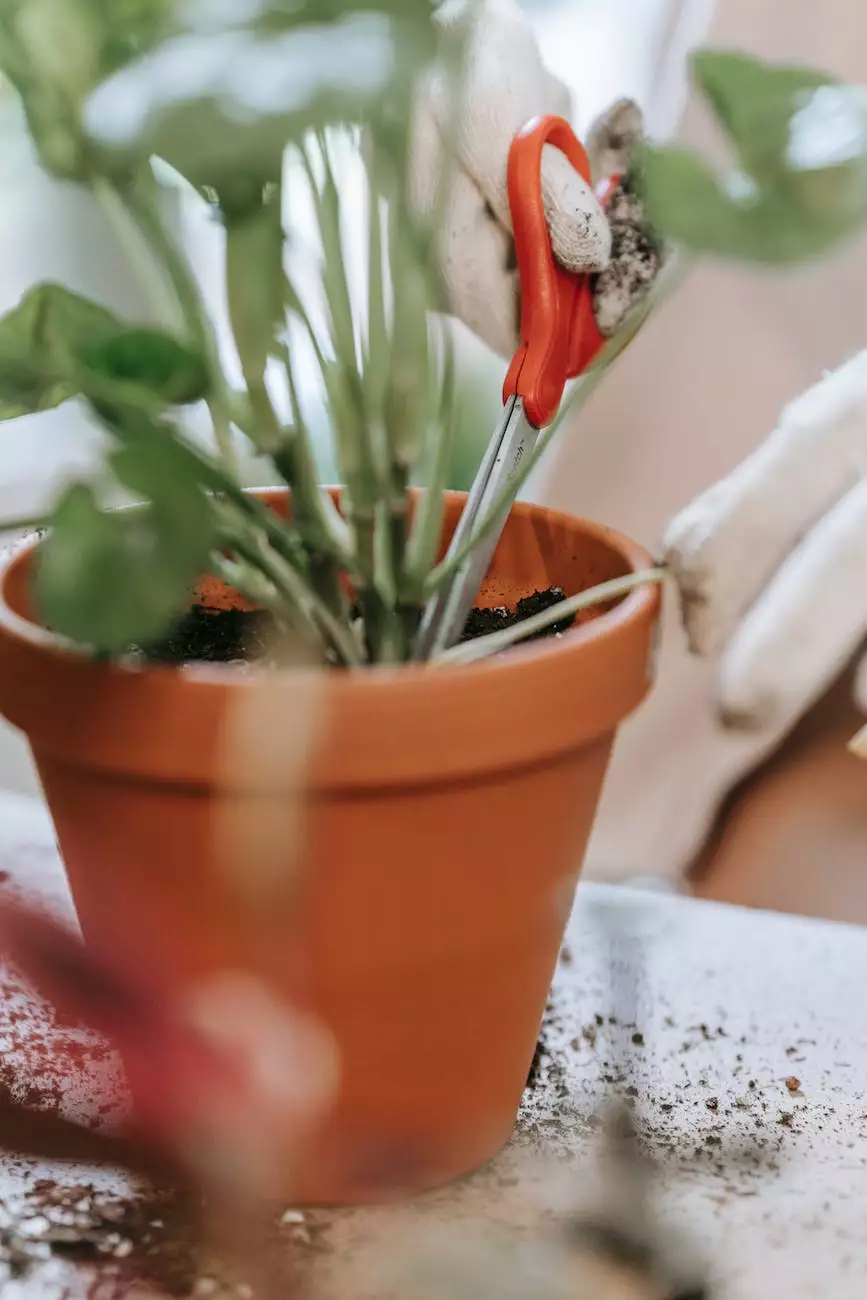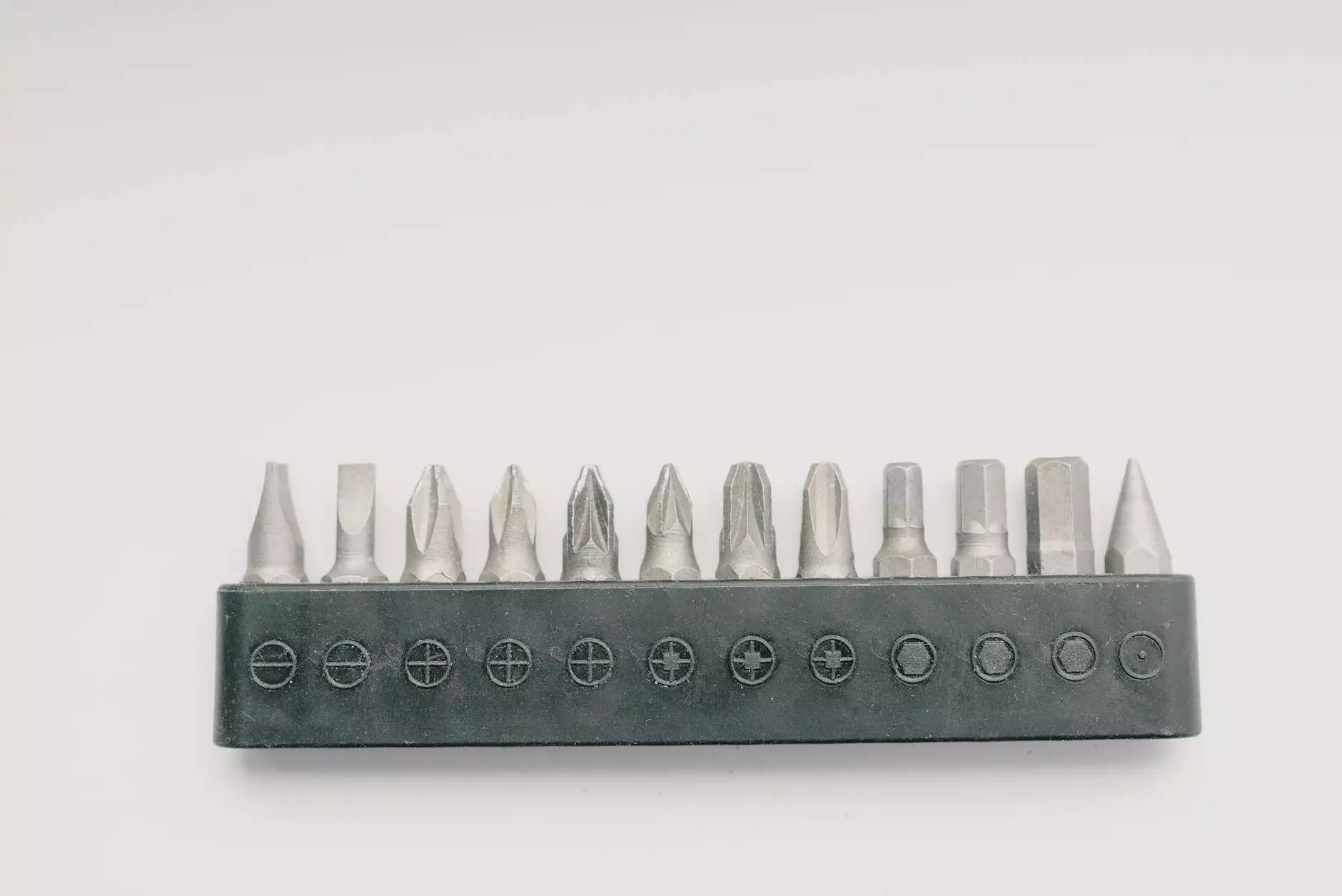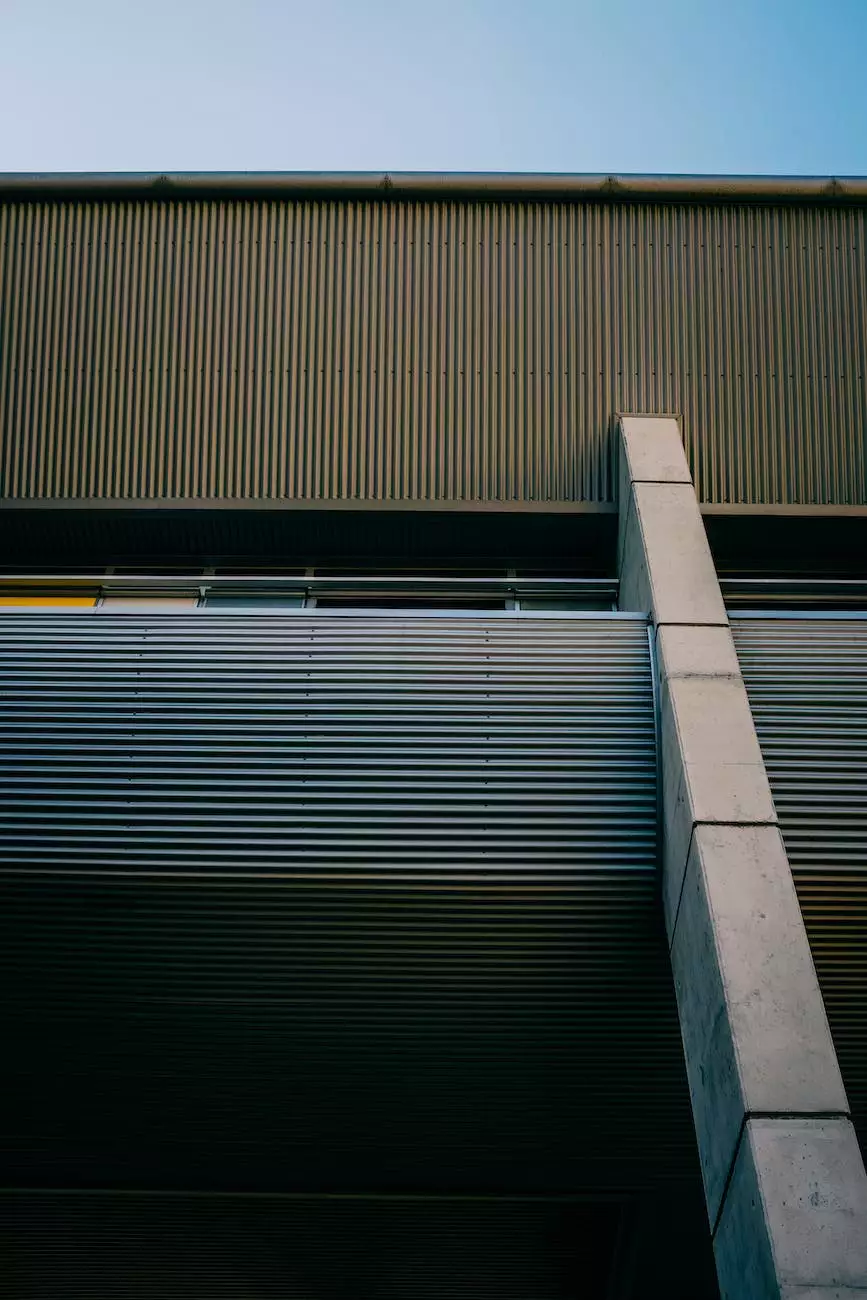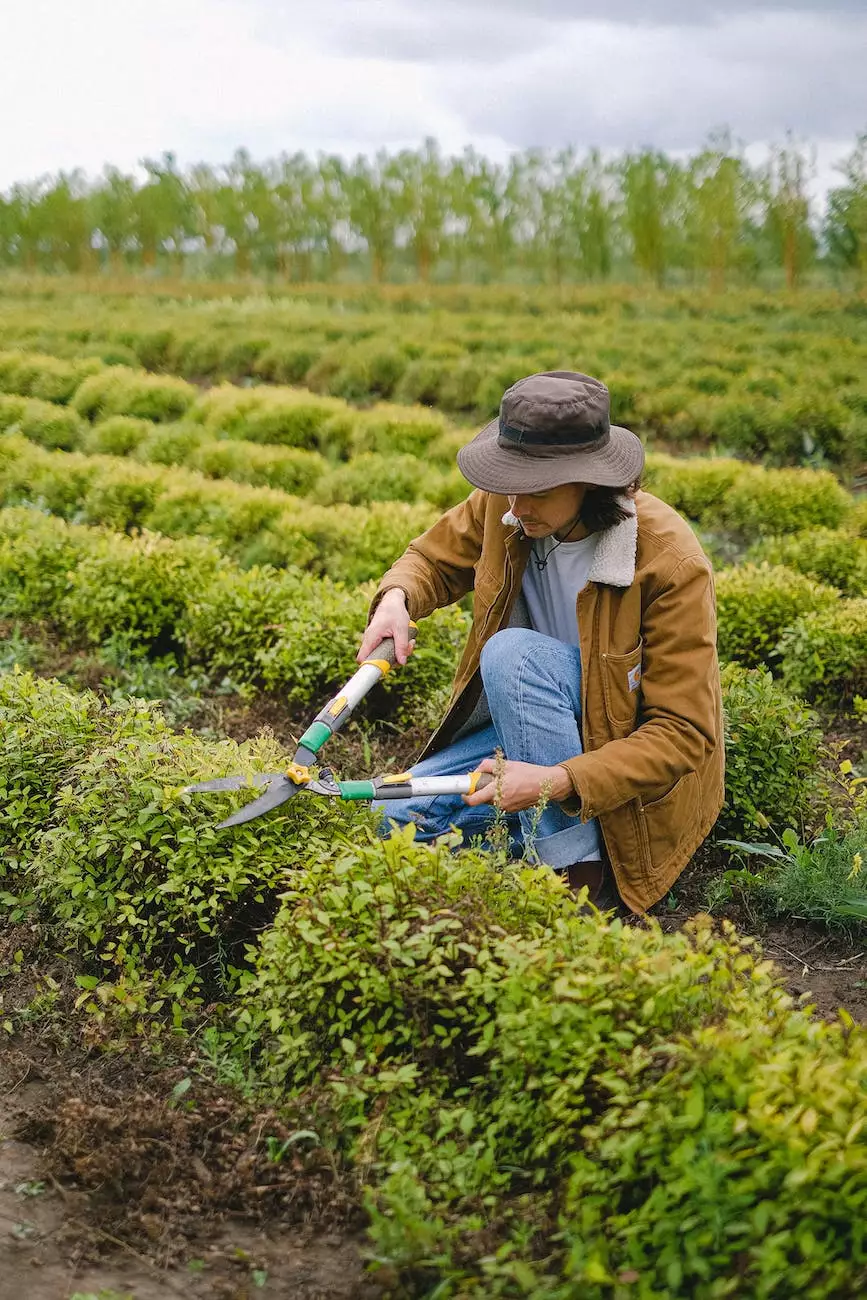Maria Cordyline - Ted's Plant Library

Introduction
Welcome to Cutting Hedge Services' Ted's Plant Library, where we delve into the fascinating world of plants and horticulture. In this section, we present you with a detailed profile of Maria Cordyline, a remarkable plant species that combines beauty and versatility in various landscaping projects.
About Maria Cordyline
Maria Cordyline, scientifically known as Cordyline australis 'Maria', is a striking evergreen plant that belongs to the Asparagaceae family. Originally from New Zealand, Maria Cordyline has gained popularity worldwide due to its unique appearance and adaptability to different climatic conditions. With its distinctive features and numerous landscaping applications, it has become a favorite choice among gardening enthusiasts.
Maria Cordyline Characteristics
The Maria Cordyline plant is characterized by its long, sword-shaped leaves that grow in a dense, upright manner. The leaves have a vibrant, variegated coloration, displaying shades of green, pink, and cream. This color combination adds an aesthetic touch to any garden or outdoor space. Maria Cordyline typically reaches a height of 6 to 10 feet, making it ideal for both small and large landscapes.
Maria Cordyline Care
Providing the right care is crucial for ensuring the healthy growth and longevity of Maria Cordyline. Here are some essential care tips:
Light and Temperature
Maria Cordyline thrives in well-lit areas, preferring bright, indirect sunlight. It can tolerate some shade, but excessive shade may cause the plant to lose its vibrant coloration. As for temperature, it can withstand a wide range, from as low as 25°F (-4°C) to as high as 95°F (35°C), making it suitable for various climate zones.
Watering
To ensure optimal growth, it is important to maintain consistent soil moisture for Maria Cordyline. Water the plant thoroughly when the top inch of soil feels dry, and avoid overwatering, as it can lead to root rot. During hot and dry weather, you may need to increase the frequency of watering.
Soil and Fertilizer
Maria Cordyline thrives in well-draining soil that is rich in organic matter. A mixture of garden soil, peat moss, and perlite or sand works well for this plant. Fertilize during the growing season with a balanced, slow-release fertilizer to provide essential nutrients for healthy foliage development.
Pruning
Regular pruning helps maintain the desired shape and size of Maria Cordyline. Remove any dead or damaged leaves and trim back overgrown foliage to encourage new growth. Pruning should be carried out in late winter or early spring before the start of the growing season.
Propagation
There are several methods to propagate Maria Cordyline:
Seeds
Collect ripe seeds from the plant and sow them in a potting mix. Maintain a consistently moist environment and provide warmth for germination. Seed propagation may take several weeks to months before you witness the first signs of sprouting.
Cuttings
Take stem cuttings from healthy, mature stems of Maria Cordyline. Ensure the cuttings have at least two or three leaf nodes. Dip the cut end in a rooting hormone, then plant the cutting in a well-draining potting mix. Enclose the pot in a plastic bag to create a humid environment, which aids in root development.
Division
Maria Cordyline can also be propagated through division during the early spring. Carefully separate the plant into smaller sections, each containing several stems and a portion of the root ball. Plant the divided sections in individual pots with well-draining soil, and provide appropriate care until new growth appears.
Landscaping Applications
Maria Cordyline offers versatile landscaping possibilities due to its unique visual appeal. Here are some popular applications:
Containers and Pots
The vibrant foliage of Maria Cordyline makes it a perfect choice for container gardening and pot arrangements. Its upright growth habit adds height and structure to mixed plantings or standalone displays.
Borders and Hedges
Use Maria Cordyline as a boundary plant or in hedges to create an attractive visual barrier. Its evergreen nature ensures year-round interest, and the variegated leaves bring color and texture to the landscape.
Accent Plant
Consider placing Maria Cordyline as a focal point or accent plant to draw attention to specific areas of your garden. Its architectural form and vibrant coloration create a captivating display.
Rock Gardens
Maria Cordyline thrives in well-drained soil, making it suitable for rock gardens. Its unique foliage stands out against the rugged backdrop of rocks and stones.
Conclusion
Maria Cordyline, with its stunning variegated leaves, adaptability, and versatile landscaping applications, is truly a standout plant in Ted's Plant Library. Cutting Hedge Services provides comprehensive information on caring for this captivating species. Incorporate Maria Cordyline into your garden or landscape to experience its beauty firsthand. Feel free to explore our other plant profiles and gardening tips to enhance your horticultural knowledge. Happy gardening!




